Hail Repair
Headliner Removal in Roof Dent Repair

FSDAVCFEBFEVSDDVFSD
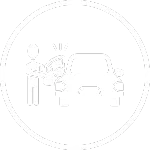
FSDAVCFEBFEVSDDVFSD
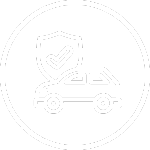
FSDAVCFEBFEVSDDVFSD
Why Roof Access Matters for PDR
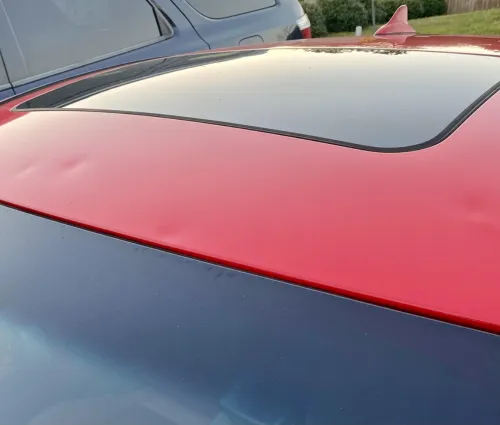
On most hail jobs, technicians must access the underside of the roof to reach each dent directly. Paintless dent repair relies on gentle pushes from behind the panel, which is why headliner removal PDR is common. With access, tools can massage the metal precisely without disturbing the factory finish.
The headliner isn’t just fabric; it hides curtain airbags, wiring harnesses, microphones, antennas, and trim clips that run the length of the roof. Carefully lowering it creates safe, clean corridors for rods and glue-pulling tabs, allowing accurate mapping, lighting, and push angles during roof hail repair access.

What the Headliner Actually Hides
Behind that soft liner lives serious safety hardware. Curtain airbag safety requires clearances, properly routed tethers, and unpinched inflator harnesses. Roof microphones and satellite antenna leads snake forward toward the dash. Map lights, vanity lights, and sensors share connectors that must be unclipped, labeled, and reinstalled so warning lights stay off and convenience features work as designed.
Structural elements also live up there. Roof bows and braces span the panel, and some EVs include insulation or sound-deadening pads bonded to the skin. Technicians navigate these structures to place tips, leverage tabs, and position PDR lighting. The goal is maximum control over depth, crown, and release without stressing paint or thin aluminum during precise repairs.
In vehicles with panoramic roofs, the story changes. Glass size, motor modules, and drain channels complicate access, sometimes requiring partial cassette removal and extra labor. That’s why estimates spell out roof configurations up front—so Missouri roof dent expectations align with required steps, timelines, and pricing before any clips come off or tools go in for accuracy.
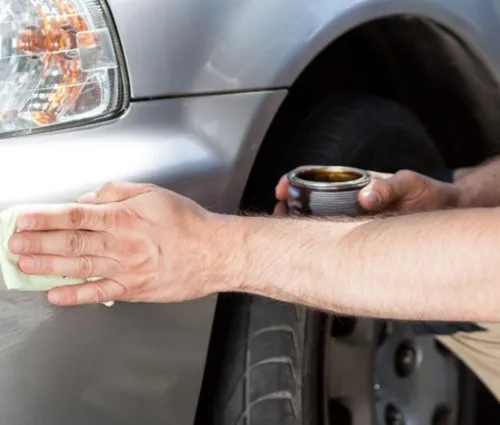
Protection Steps We Take Inside
Clean, lint-free gloves come out before the first clip is touched. We stage panel carts and padded racks to cradle the headliner, and we wrap pillars with edge guards so fabric and plastics never drag. Fasteners get sorted into labeled trays by location. Photos document harness routing, clip style, and bolt sequence for repeatable, factory-correct reassembly. It’s disciplined, tidy, and consistently protective throughout.
Interior protection matters just as much. Seat covers, dash mats, and door sill film prevent scuffs during in-out movement. We disconnect battery power when airbag connectors are handled, and we avoid static discharge near inflators. Tool tips are polished, and PDR lights get soft feet, so nothing marks trim, glass, or the headliner itself. Care now prevents costly cleanup later and callbacks.

When repairs are complete, the headliner returns to its original position in stages. Connectors are re-seated until they click, harness tape is renewed, and clips are replaced if fatigued. Dome lights, vanity mirrors, and sunroof switches are tested before trim fully locks in. We check visor pivots and grab handles for torque and feel, ensuring nothing rattles or binds once you hit rough Missouri pavement. Then seals and edges get a visual inspection.
Before delivery, we simulate real-world use. HVAC is cycled on defrost to reveal fogging or water leaks at the windshield header, and headliner seams are checked under bright LED for straightness and cleanliness. Finally, we road-test for squeaks, buzzes, and loose trim. If anything appears, we correct it immediately and repeat the checklist until it’s silent. That way your interior looks factory fresh and performs exactly as it should after roof work.
Reinstall, Test, and Quality Check
Every vehicle leaves with documented reinstallation checks. Lighting functions are verified; airbags are scanned with a diagnostic tool; sunroof shade and tilt/slide cycles are run; Bluetooth microphones are tested with a call. We confirm vanity mirror lights, homelink housings, and rear dome fades. These are the small wins that prevent come-backs and protect your time, every time.
If a warning lamp illuminates or a connector reads open, we stop and diagnose before final trim goes in. Many issues are simple—a mis-seated clip, a reversed plug, or an unlatched connector. Others involve software resets. Either way, our process isolates the fault and verifies correction so your dashboard is clear at hand-off before you drive away.
Water tests matter too. After storms or wash bays, water can sneak past roof moldings. We verify roof and windshield header seals and, when applicable, inspect sunroof drains for pinch points or kinks introduced during service. Only after a clean test do we close up, document results, and release the vehicle with confidence and written proof.
Timelines and Panoramic Roof Notes
Simple roof dent repairs with standard headliners often complete in one to two days, depending on dent count and panel material. Aluminum and high-strength steel respond differently, so we build time for careful mapping and release checks after.
Vehicles with panoramic glass or complex overhead consoles add steps. Access can require partial cassette lowering, extra trim removal, and additional helpers for safe handling. Expect extended timelines and line-items for panoramic roof dent repair, especially when calibration or software resets apply.
We’d rather quote accurately than rush and compromise quality. Our estimators explain the plan, note potential additions, and update you as the job progresses so your schedule—and insurance claim—stay aligned from sign-in to final inspection.
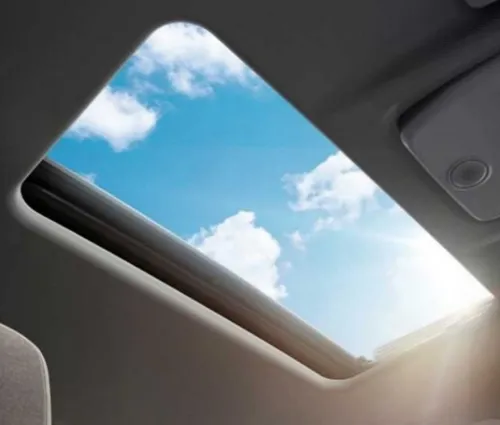

Because each roof is different, final timing depends on dent volume, material, interior complexity, and parts availability for any broken clips we replace. We schedule around your needs, but we never skip protection steps or testing. That’s the surest way to avoid stains, creases, or annoying rattles that steal the joy from a newly repaired car. Quality first means faster, trouble-free ownership later—and that’s the standard Missouri drivers deserve. We treat your car accordingly always.
How You Can Prep Your Vehicle
Clear the cargo area and rear seat so the headliner can lower without pressure points. Remove child seats, organizers, and anything clipped to visors or grab handles. Empty the center console and overhead compartments. If you use dash cams or radar detectors, unplug and remove them to protect wiring and mounts, and note any cable routes for reinstall. Bag small items and label them for quick return after service completion.
Bring your key fobs and any codes for radios or immobilizers, just in case power is disconnected. Let us know about aftermarket wiring—remote starts, lighting, subwoofers—so we can route safely. Fold mirrors, note existing rattles, and photograph your interior for peace of mind. Communication upfront speeds estimating and reduces surprises once roof hail repair access begins. Share sunroof quirks, leaks, or noises you’ve noticed to guide our checks before disassembly.
Plan transportation. Roof PDR and headliner work take uninterrupted hours, and moving the car early can introduce dust or misaligned trim. Remove valuables, disable valet mode if active, and keep one seat free for test drives. Finally, review your insurer’s requirements for photos and authorization so claim steps stay aligned with our schedule and your timeline. That preparation helps us finish faster and return a flawless, quiet cabin to you.
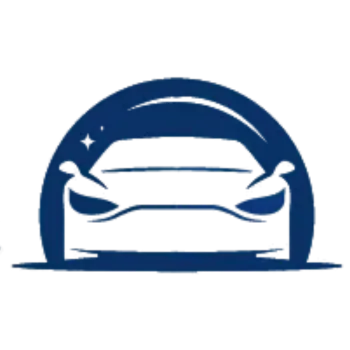
Dentex Midwest
Professional Hail Repair & PDR
Stay Up-to-date With Our Content
Subscribe to learn more about our mission!
Stay Up-to-date With Our Content
Subscribe to learn more!
Contact Info
Service Hours
Social Media
Home
Services
Service Areas
Blog
About
Contact
Contact Info
Service Hours
Mon - Fri: 8:00 am – 6:00 pm
Saturday: by Appointment
Sunday: Closed
Social Media

Licensed, bonded, & insured